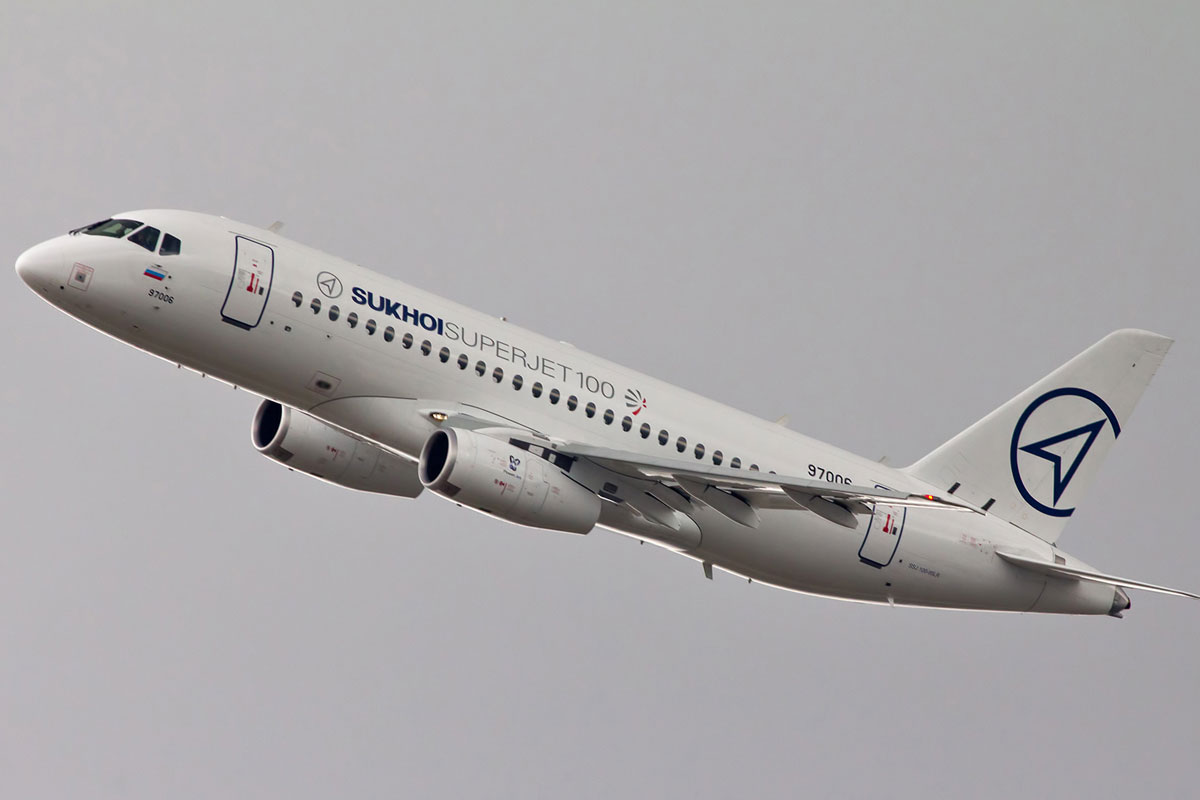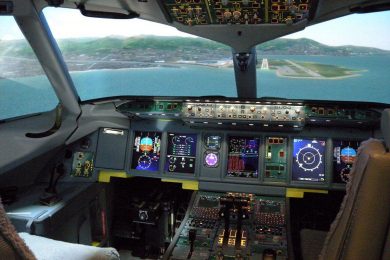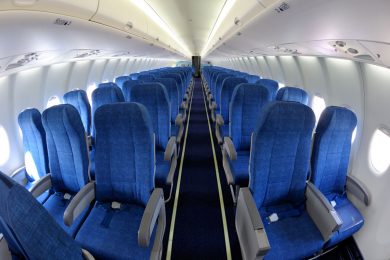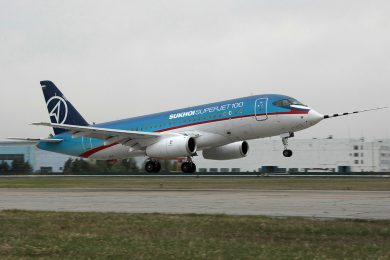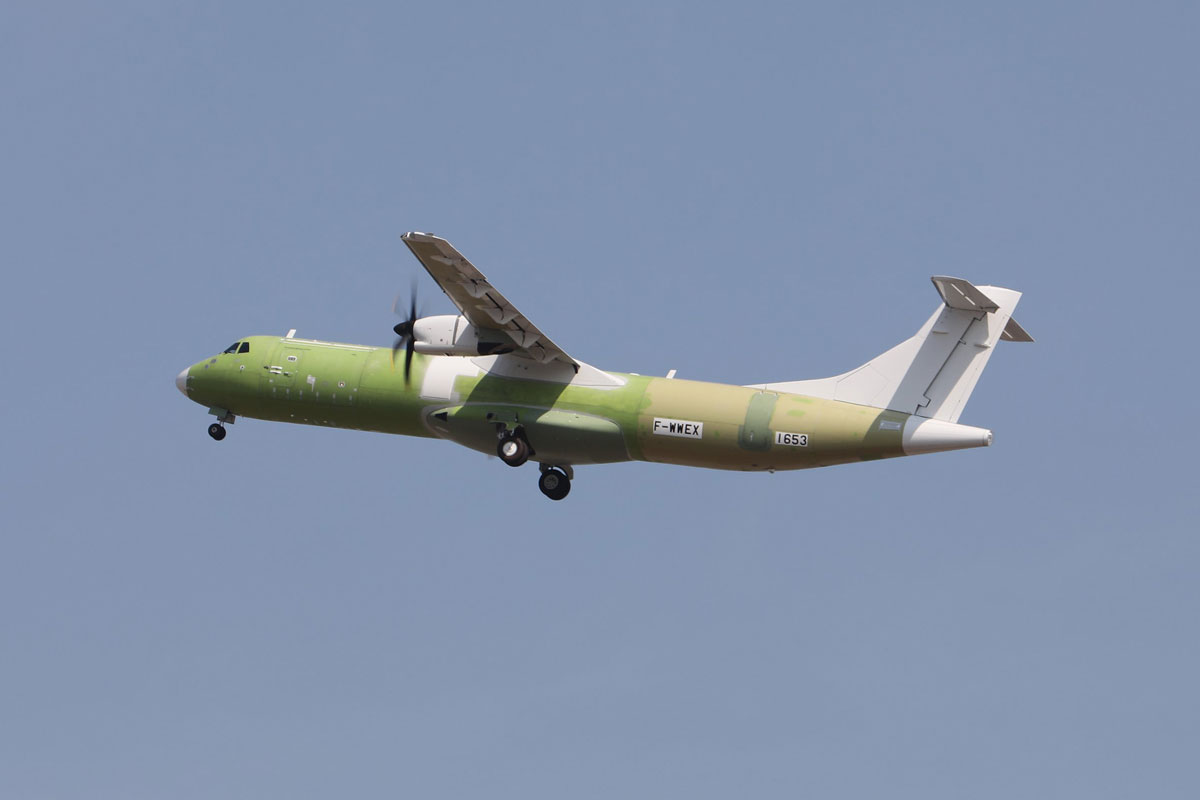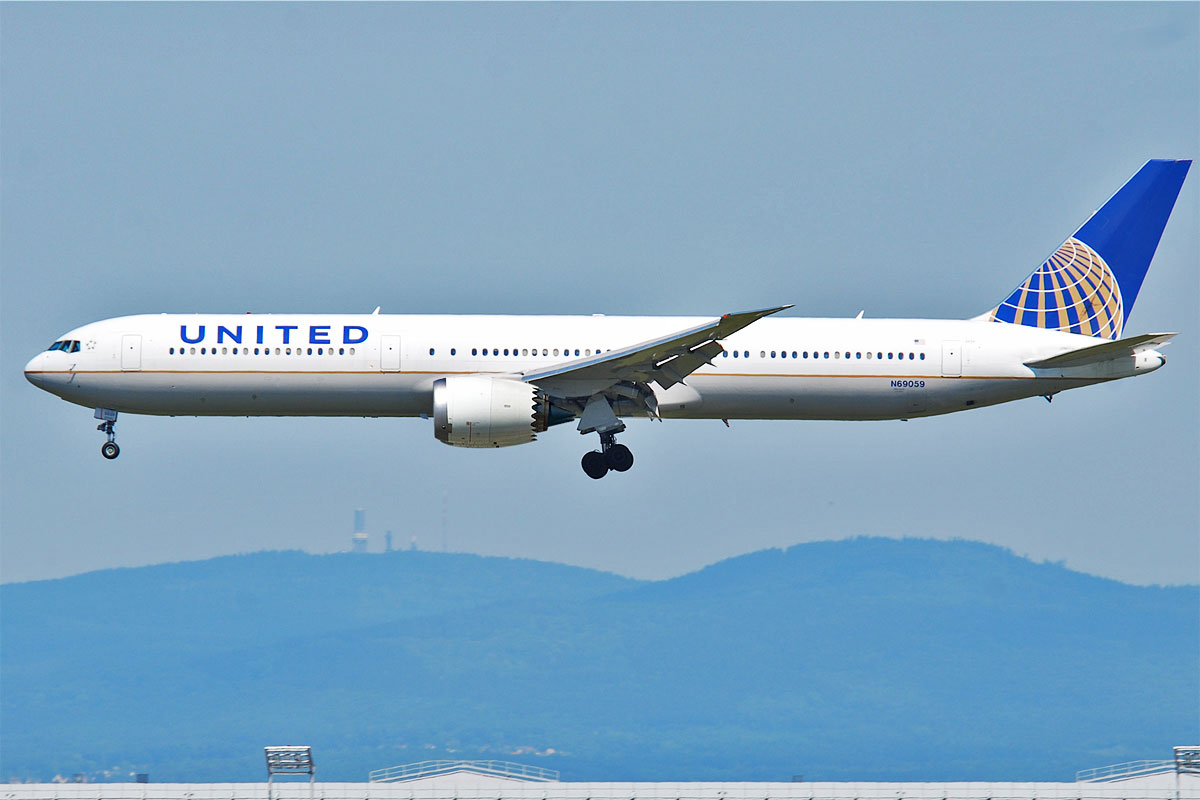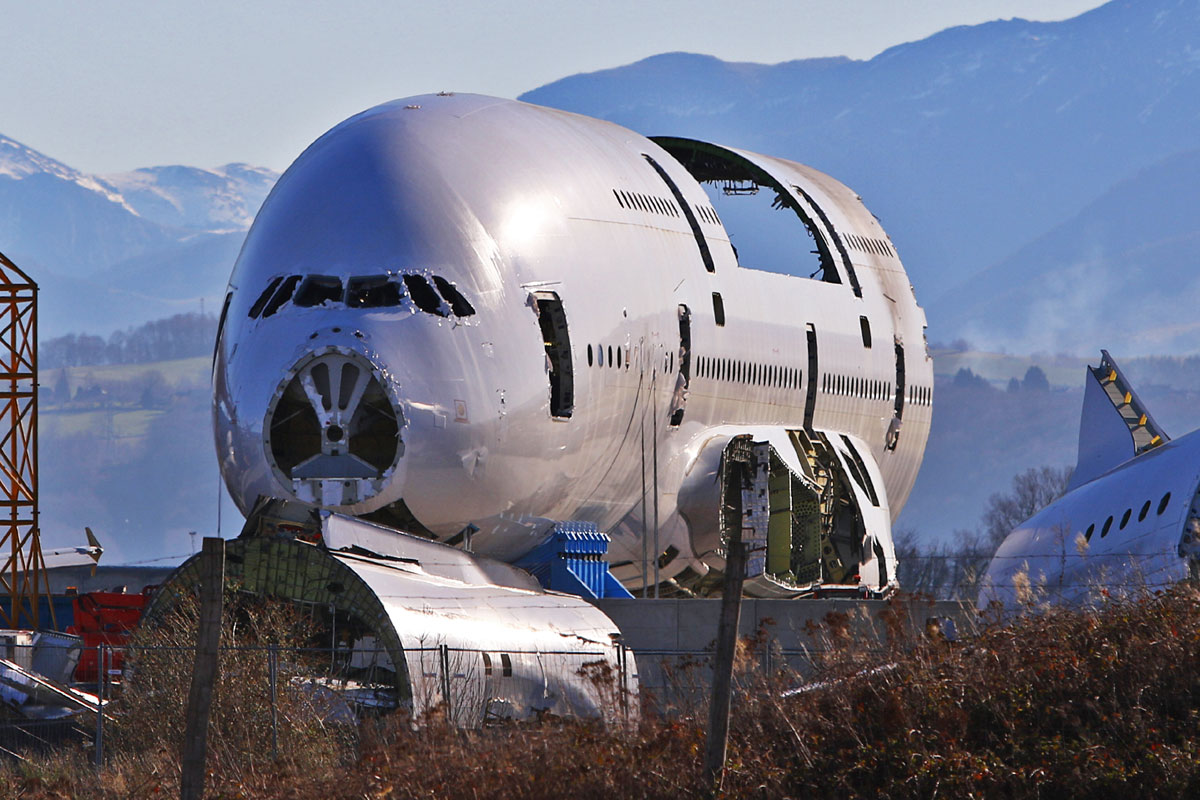Russian Defense Minister Yuri Borisov revealed to TASS that a new version of the SSJ 100 (SuperJet) regional jet is due to be completed in 2023. The aircraft developed by Sukhoi was launched at the end of the past decade and was an attempt to compete in the global 100-seat aircraft market.
Because of this, the plane has many Western suppliers, but the sanctions imposed on Russia in recent years by countries like the United States have motivated the government of Vladimir Putin to invest in the nationalization of systems, avionics and even its engine.
“The development of the new Sukhoi SuperJet 100 is carried out in accordance with the instruction of the President of the Russian Federation dated January 25, 2018, and is aimed at import substitution of foreign components – on-board systems and accessories. The planned completion date for development work is 2023. Then it is planned to start flight tests. The creation of the aircraft will require passing new certification – of individual systems, of the entire aircraft, as well as certification of the manufacturer,” said Borisov.
Investment in the new SuperJet is expected to reach at least $ 1.6 billion, including the development of the new PD-8 turbofan that will replace the SaM-146 engines, derived from the CFM-56 and supplied PowerJet, a partnership between Safran and the Russian NPO Saturn. The Russian government’s goal is for the SSJ100 to have between 50% and 60% of its components developed locally.
Russian Regional Jet
The development of what would become the SSJ100 began in 2001 when Russia sought to supply the market with a family of more efficient regional jets in addition to competing for orders in other countries. In 2003, the Russian aviation agency selected Sukhoi for the RRJ (Russian Regional Jet) program that received state investments.
To make the aircraft more attractive to airlines outside Russia, Sukhoi selected several Western suppliers such as Thales (avionics), Honeywell (APU), Liebherr (flight controls) and Safran (turbofan), among others. Initial studies indicated a family with four aircraft and a capacity between 60 and 100 seats.
In 2005, after selecting the 98-seat version, Sukhoi renamed the aircraft as SuperJet 100 and launched at the Farnborough Air Show with a firm order for 30 units signed by Aeroflot.
The global ambition gained strength with the participation of Boeing in the program and later with the partnership with Alenia (now Leonardo), which together with Sukhoi established the joint venture SuperJet International to offer the jet outside Russia.
The first prototype of the SSJ100 flew in May 2008, seven months after being presented worldwide. The following year, the plane participated in the Paris Air Show, in France, and obtained more orders, including 30 units from Malev, from Hungary.
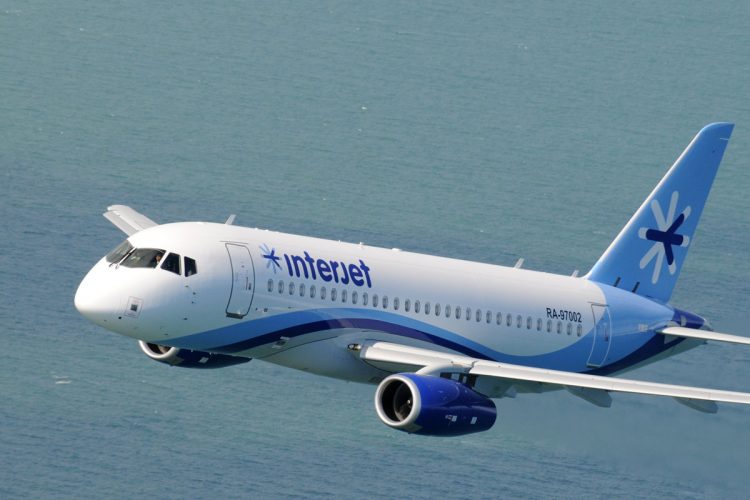
Fatal accident
Shortly thereafter, however, the SaM146 engine started showing reliability issues and the development program ended up being delayed. As a result, certification in Russia took place only in February 2011. A year later, EASA authorized the SSJ100 to operate in Europe, a very rare feat among the country’s aircraft.
In April 2011, the first SSJ100 started commercial service with Armavia, but shortly after the airline returned the two planes received due to low availability, something that also affected Aeroflot’s first jets. Despite this, in late 2013, the Mexican airline Interjet incorporated the SSJ100 into its fleet and in 2016 CityJet, from Ireland, introduced the aircraft in Europe.
The low reliability of the Sukhoi jet, however, was again a problem, in addition to manufacturing flaws that required constant inspections. In 2018, Interjet started cannibalizing its fleet of 22 planes for lack of spare parts. The company later gave up using most of the jets and tried to return them to the Russians.
CityJet passed on its seven SSJ100s between 2018 and 2020 making the regional jet to operate primarily in Russia and some nearby countries. It is estimated that less than 100 aircraft are active, mostly at Aeroflot, which owns 49 units after a fatal accident in 2019.
Aware of the West’s rejection, Russia develops another commercial jet, the MC-21, which uses a Pratt & Whitney engine, but which will have an internally produced alternative. It is hoped that the lessons learned from the SuperJet have not been in vain.

